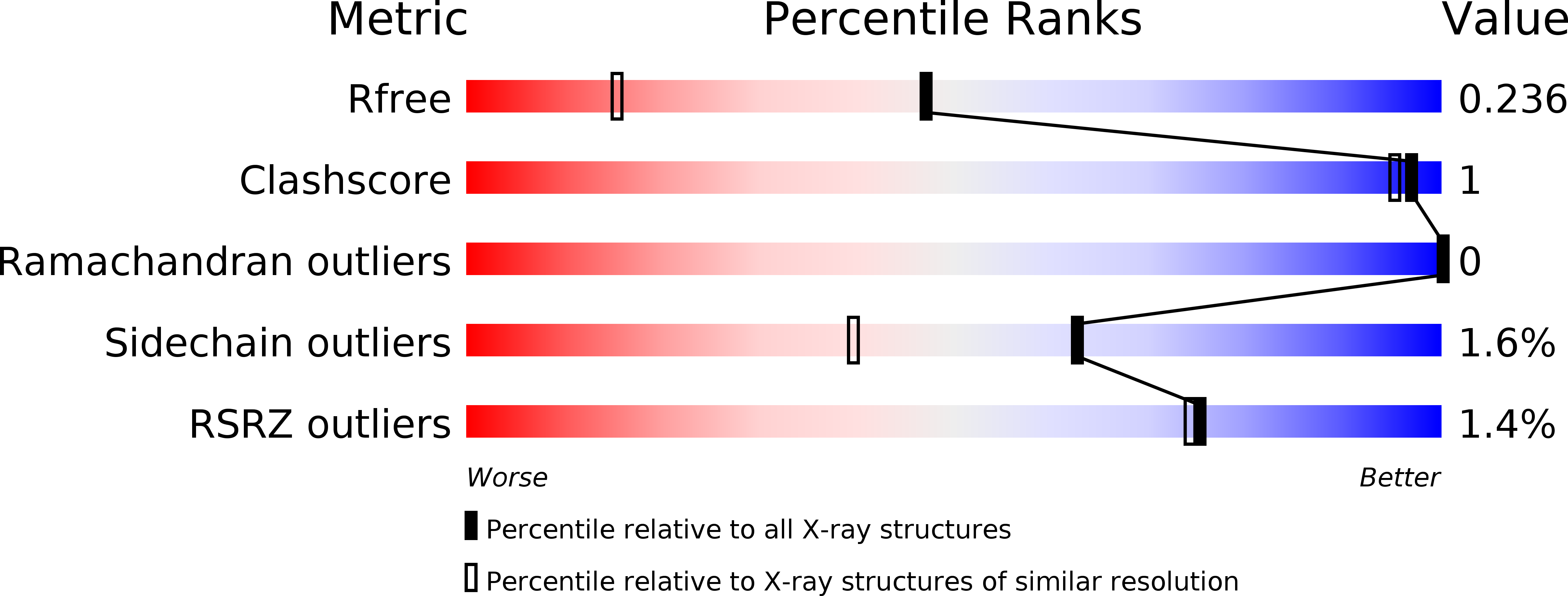
Deposition Date
2012-10-03
Release Date
2013-08-21
Last Version Date
2024-11-06
Method Details:
Experimental Method:
Resolution:
1.62 Å
R-Value Free:
0.23
R-Value Work:
0.17
R-Value Observed:
0.18
Space Group:
P 21 21 2


